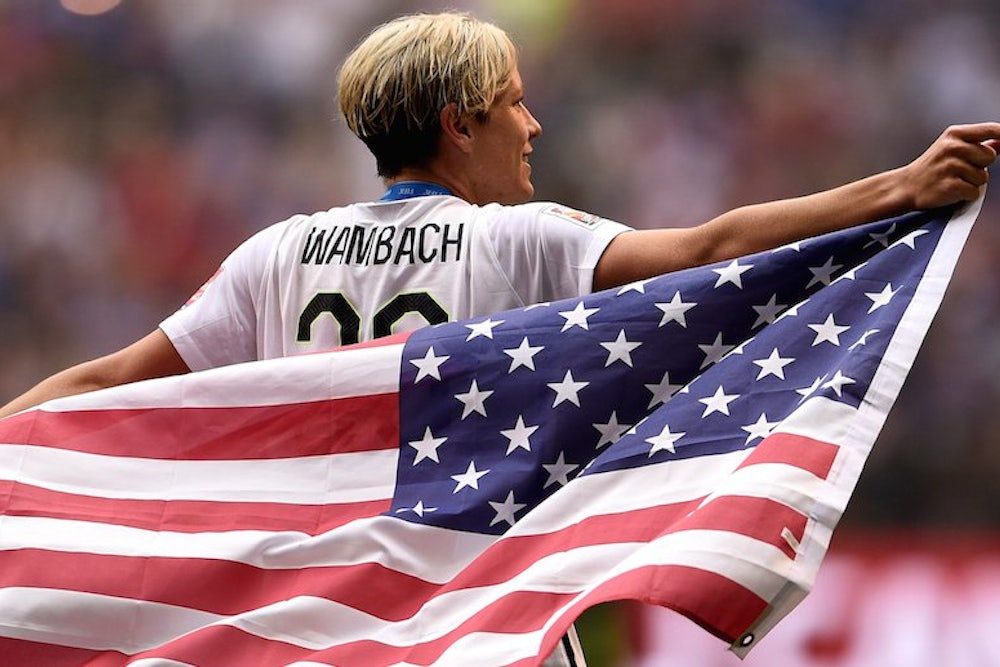On Sunday, the U.S. Women’s National Team (USWNT) won the World Cup for the third time—more than any other team in women’s soccer history. For their efforts, the team will earn $2 million in prize money, up from $1 million in 2011. The money is awarded to the national federation, which usually distributes it between players and the organization itself. That’s not a bad sum—until it’s put into context. Last year, the U.S. men’s team was knocked out of the Round of 16 at the World Cup in Brazil—and pocketed $9 million for it. Germany, which went on to win the tournament, was awarded $35 million.
The U.S. Women just got paid 4x *LESS* to win the World Cup than the U.S. Men did to lose in the Round of 16. #USAvsJPN #WorldCupFinal
—
cmclymer
These numbers are exemplary of the huge discrepancy between the men’s and women’s game both globally and in the U.S. After the celebrations and media appearances, the stars of the USWNT—Carli Lloyd, Megan Rapinoe, Alex Morgan—will go back to playing in the National Women’s Soccer League (NWSL), the third attempt at professionalizing the women’s game in the U.S. The NWSL is only in its third year, but if it survives this year it will have outlived its predecessors.
First, there was the Women’s United Soccer Association (WUSA), established two years after Mia Hamm, Brandi Chastain, and Julie Foudy helped the U.S. defeat China in the tense 1999 final. It folded after only three years due to financial problems. Then, in 2009, months after the U.S. won the Olympic gold medal, Women’s Professional Soccer was born. That, too, lasted only three years. The current iteration, the National Women’s Soccer League (NWSL), is partially subsidized by the American, Canadian, and Mexican soccer federations, but both attendance and salaries are dismally low.
Players like Lloyd, Rapinoe, and Morgan ply their trade in a league where salaries range from $6,000 to $30,000 per season. In cities like Chicago, Seattle, and Boston, where Hope Solo, Julie Johnston, and Rapinoe, play, that’s well below the median income. Even Abby Wambach, the most famous of the USWNT players, made $190,000 last year—not bad compared to the average population—but 3 percent of what Clint Dempsey put in the bank ($6.7 million).
So the best way to celebrate America’s championship is not to hang up the jersey for four years until the next World Cup rolls around, but to support women’s soccer in the years in between. 20.3 million Americans watched Carli Lloyd and her teammates defeat Japan on Sunday—more than have ever watched a U.S. men's game. Only 4,271 people on average went to see the same women play for their clubs last year.
